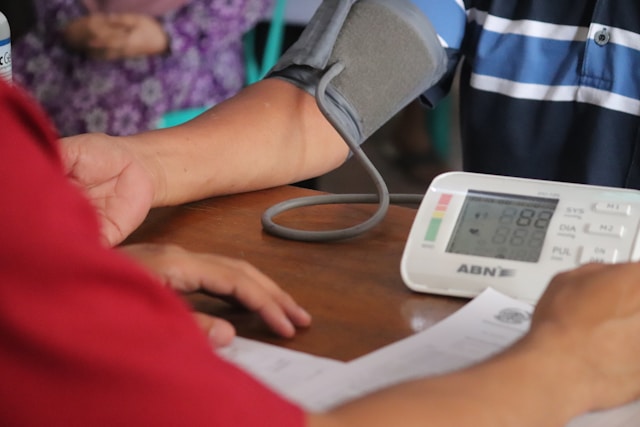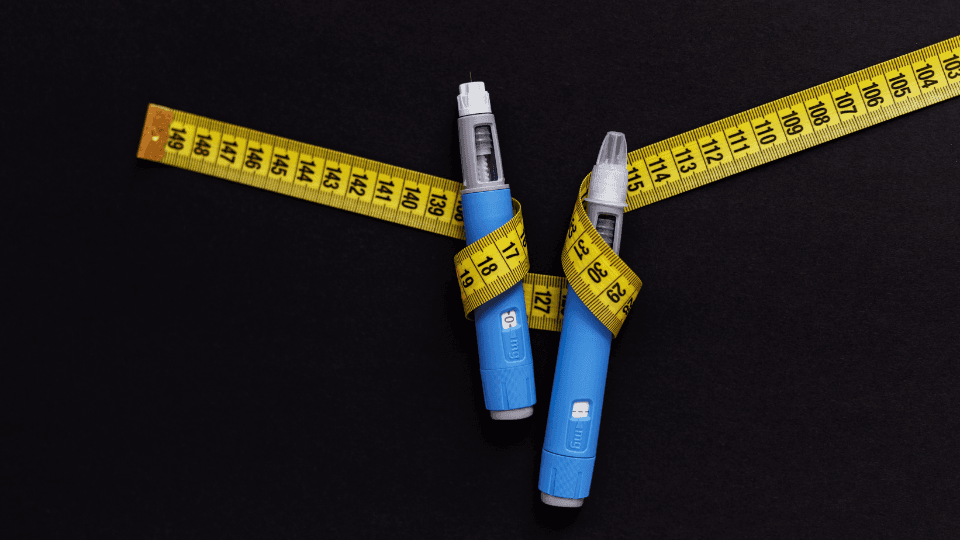Back
May 17, 2024
Public speaking made easy: a speech therapist’s toolbox for success

Shannon Florence | Speech and Language Therapist
Preparing for a public speaking event can be daunting. If the words “public speaking” instantly spike your heart rate, this post is for you.
As a speech and language therapist, I focus on the various aspects of an individual’s speech. Whilst doing this, I am often met with the same goal: to improve their speech. This is where I introduce my “bag of tricks” - invisible to the naked eye and weightless - but powerful enough to level up your public speaking skills. Have I grabbed your attention? Great! Keep reading for my top 5 speech therapy tricks for public speaking.
1. Slow down.
Have you ever spoken so fast that your words jumped places, or worse, failed you mid-sentence? One client of mine was interviewing for a job and to end it off, she confidently stated: “In conclusion, thank you.” Clearly not the words she intended to say. What could she have done differently? Slowing down your speech can help with your anxiety and also give your brain the time it needs to process what you want to say. Practice slow speech in a mirror at home and notice whether your words become more fluent.
2. Practice makes perfect.
They say confidence is key to a brilliant performance, so why not build on it? Stand in front of a mirror and practice. Then take a brief break and practice again. Grab a few friends and entice them with a coffee if they just sit, listen, and advise. If this is too daunting, grab your phone and record yourself. Start thinking, “what would I say if I were to watch someone present like this?” If you like what you see and hear, GREAT! If not, change what unsettled you and try again.
3. Avoid filler words.
Filler words include phrases, such as “like”, “um” and “uh”. While these words seem to pop-up regularly in conversations (often without you even realizing), try to cut them out as much as possible. There’s no denying that this can be hard. I catch myself using them from time to time.
But why do we use them in the first place? Filler words often get used when you run out of ideas or have not fully prepared what you want to say. Record yourself and count how many fillers you use. Next time, try to reduce it and see how low you can go. Using ‘slow speech’ can also help with this.
4. Observe other speakers.
Watch and learn. Each individual has their own bag of public speaking tricks and, more often than not, theirs are open for borrowing. Take these ideas and make them your own. You might see someone stand at a certain angle and think “this might stop me from swaying” or you might discover new ways to grab the audience’s attention. Sometimes it helps to see someone who is just as nervous as you and realize you are not alone.
5. Embrace your excitement.
When we tell ourselves to calm down before a public speaking event, we’re actually attempting something that is incredibly difficult. Rather than focusing on your anxiety, reframe those butterflies as excitement.
First, take a few minutes to center yourself. Breathe in through your nose and out through your mouth. Remind yourself why you care about this performance. Tell yourself - out loud - how excited you are about this opportunity and the positive impact it may have on others. Visualize the entire presentation, from start to finish, and imagine it going incredibly well. Listening to a song that gives you positive energy and brings a smile to your face can work to enhance your mood and confidence levels. Then, rise to your feet and blow them away!
Public speaking is a continuous work in progress, even for me, whose job revolves around speech. Don’t be too hard on yourself if things don’t go perfectly the first time. The great thing is, your bag of public speaking tricks can never be too full.













